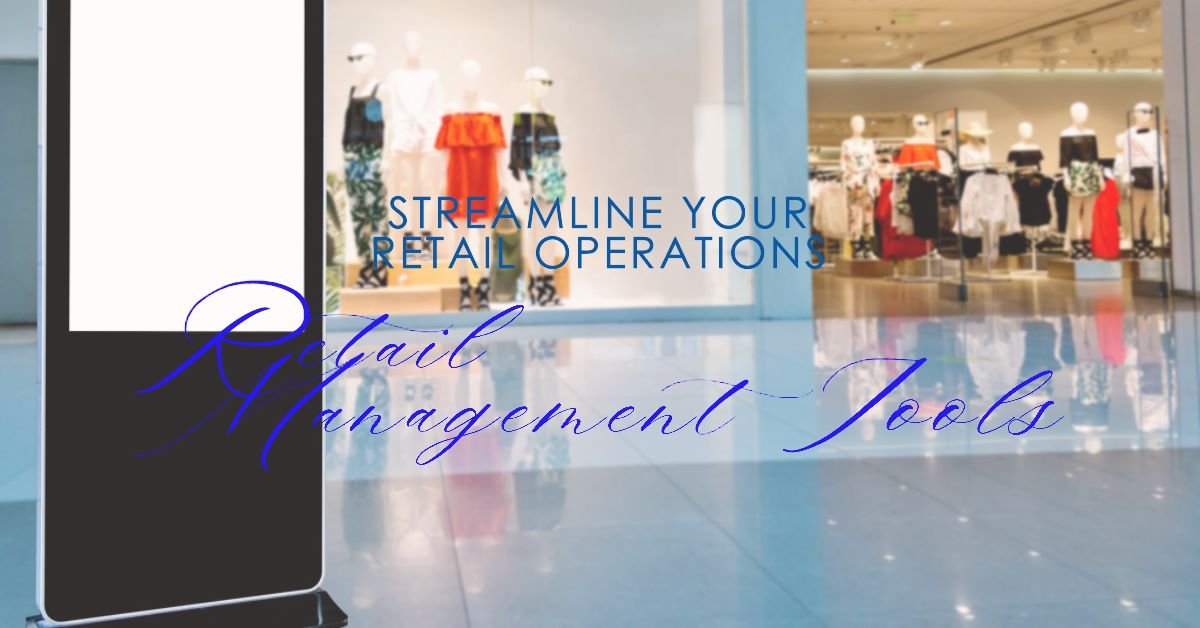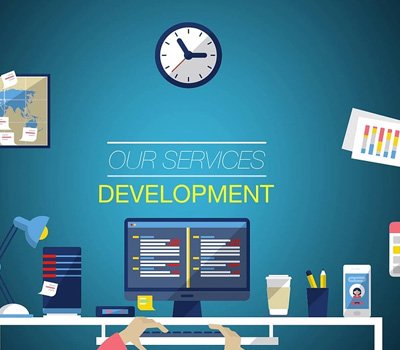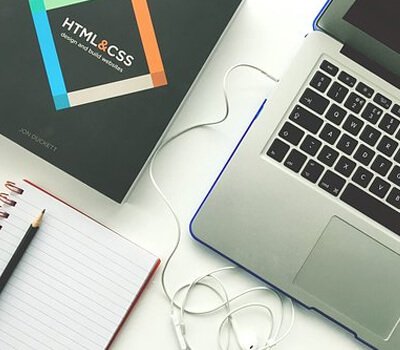
“What are retail management tools?” They are software applications or systems designed to help retailers manage, streamline, and optimize their operations.
These retail management tools can cover a wide range of functions within the retail environment. Here are some of the primary types of retail management tools:
- Point of Sale (POS) Systems: These are used to process sales transactions. Modern POS systems often integrate inventory management, customer relationship management, and sales reporting.
- Inventory Management Systems: These tools help retailers track products, manage stock levels, reorder products, and analyze sales patterns to forecast future inventory needs.
- Customer Relationship Management (CRM) Systems: CRMs allow retailers to collect, track, and analyze customer data. This can help in segmenting customers, personalizing marketing efforts, and improving customer service.
- E-commerce Platforms: For retailers that sell online, e-commerce platforms provide the infrastructure to showcase products, manage online sales, and integrate with other systems like POS and inventory management.
- Employee Management Systems: These tools help in scheduling, time tracking, payroll, and other HR-related tasks.
- Merchandising Tools: These assist retailers in planning store layouts, product placements, and visual displays to maximize sales.
- Supply Chain Management Systems: These tools help retailers manage their supply chain, from suppliers to distribution centers to stores.
- Analytics and Reporting Tools: These provide insights into sales data, customer behavior, inventory turnover, and other key performance indicators (KPIs).
- Loyalty Program Management: Tools designed to manage customer loyalty programs, track rewards, and engage customers.
- Marketing Automation Tools: These help retailers automate marketing tasks like email campaigns, social media posting, and ad campaigns.
- Price Optimization Tools: Software that uses data analytics to set the right price for products based on various factors like demand, competition, and inventory levels.
- Loss Prevention Systems: Tools that help in monitoring and preventing theft, fraud, and other forms of retail shrinkage.
- Mobile Retail Management: Apps and tools designed for mobile devices, allowing managers and employees to access retail systems on the go.
- Multi-channel Management Tools: For retailers selling on multiple platforms (e.g., in-store, online, on marketplaces), these tools help in managing sales, inventory, and customer data across all channels.
- Feedback and Review Systems: Tools to collect, manage, and respond to customer feedback and reviews.
The choice of tools often depends on the size of the retailer, the complexity of their operations, and their specific needs. Many modern retail management tools offer integrations with other systems, providing a seamless experience for managing various aspects of retail operations.
Let’s delve deeper into each of the retail management tools:
Point of Sale (POS) Systems:
- Purpose: Process sales transactions and often serve as the central hub for other retail operations.
- Features: Barcode scanning, receipt printing, payment processing, sales reporting, and returns management.
- Benefits: Speeds up the checkout process, reduces human errors, and provides real-time sales data.
Inventory Management Systems:
- Purpose: Track products throughout their lifecycle in the store.
- Features: Stock level monitoring, automatic reorder triggers, sales trend analysis, and product categorization.
- Benefits: Reduces stockouts and overstock situations, leading to better cash flow and customer satisfaction.
Customer Relationship Management (CRM) Systems:
- Purpose: Manage interactions with current and potential customers.
- Features: Customer data storage, purchase history tracking, segmentation tools, and communication history.
- Benefits: Enables personalized marketing, improves customer service, and aids in retaining customers.
E-commerce Platforms:
- Purpose: Facilitate online sales.
- Features: Product listings, online payment processing, customer account management, and integration with other retail systems.
- Benefits: Expands market reach, operates 24/7, and provides data on online customer behavior.
Employee Management Systems:
- Purpose: Handle various HR tasks.
- Features: Shift scheduling, time tracking, payroll processing, and performance reviews.
- Benefits: Streamlines HR tasks, ensures labor law compliance and improves employee satisfaction.
Visual Merchandising Tools:
- Purpose: Plan and execute product displays.
- Features: Store layout design, product placement strategies, and visual display templates.
- Benefits: Enhances in-store experience, drives sales of specific products, and reinforces brand identity.
Supply Chain Management Systems:
- Purpose: Oversee the flow of goods from suppliers to end consumers.
- Features: Supplier management, order processing, transportation tracking, and inventory forecasting.
- Benefits: Reduces costs, improves efficiency, and ensures timely product availability.
Analytics and Reporting Tools:
- Purpose: Provide insights into various aspects of the business.
- Features: Sales data analysis, customer behavior tracking, inventory turnover rates, and KPI dashboards.
- Benefits: Informed decision-making, identification of trends, and performance benchmarking.
Loyalty Program Management:
- Purpose: Engage and reward loyal customers.
- Features: Points tracking, reward redemption, personalized offers, and member-only events.
- Benefits: Increases customer retention, encourages repeat purchases, and gathers data on customer preferences.
Marketing Automation Tools:
- Purpose: Automate repetitive marketing tasks.
- Features: Email campaign management, social media scheduling, ad targeting, and performance analytics.
- Benefits: Consistent brand messaging, increased marketing efficiency, and improved ROI on marketing efforts.
Price Optimization Tools:
- Purpose: Determine the best pricing strategies.
- Features: Demand forecasting, competitive pricing analysis, and dynamic pricing algorithms.
- Benefits: Maximizes profits, stays competitive, and meets customer price expectations.
Loss Prevention Systems:
- Purpose: Minimize theft and fraud.
- Features: Surveillance cameras, anti-theft tags, employee monitoring, and fraud detection algorithms.
- Benefits: Reduces shrinkage, increases profitability, and ensures a safe shopping environment.
Mobile Retail Management:
- Purpose: Access retail systems remotely.
- Features: Mobile POS, inventory checks, sales analytics, and customer engagement tools.
- Benefits: On-the-go management, real-time data access, and enhanced in-store customer service.
Multi-channel Management Tools:
- Purpose: Manage operations across multiple sales channels.
- Features: Centralized inventory management, unified customer data, and sales analytics across channels.
- Benefits: Consistent brand experience, efficient stock management, and comprehensive sales data.
Feedback and Review Systems:
- Purpose: Collect and manage customer feedback.
- Features: Review collection, response management, sentiment analysis, and feedback solicitation.
- Benefits: Improves products/services, builds trust with customers, and enhances online reputation.
Each of these tools plays a crucial role in ensuring that retail operations run smoothly, efficiently, and profitably.
The integration of these tools can further enhance their effectiveness, providing a holistic view of the entire retail ecosystem.











